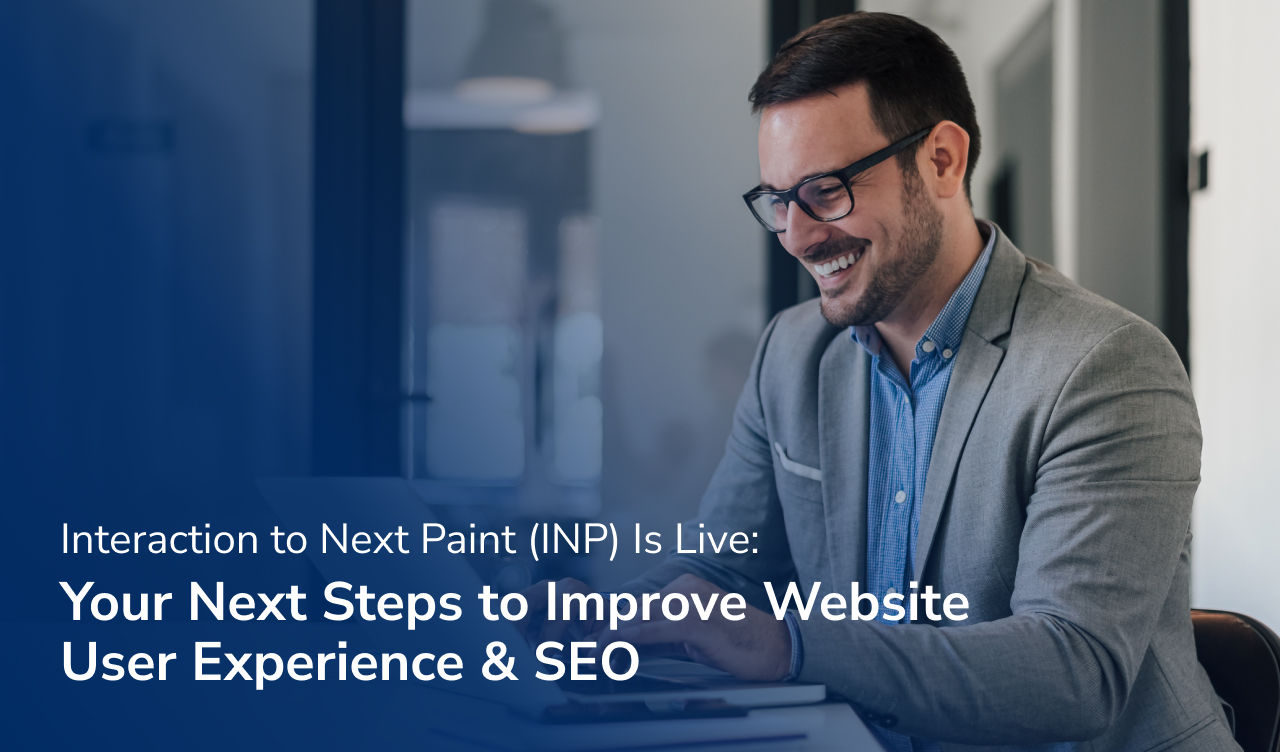 With Google’s ranking algorithms always changing (i.e. Panda updates) to bring us the most relevant and accurate search results for a positive online experience, we have to change how we look at search usability. As Google’s machine-learning algorithms continue to scale, they’re using predictive metrics more focused on user-behavior and engagement online. They are looking at how users search and interact with websites based on site trust factors such as credibility and quality, plus engagement with the search engine results page. Sustainable SEO requires us to focus on creating and maintaining sites that people trust, share, love, and reward.
With Google’s ranking algorithms always changing (i.e. Panda updates) to bring us the most relevant and accurate search results for a positive online experience, we have to change how we look at search usability. As Google’s machine-learning algorithms continue to scale, they’re using predictive metrics more focused on user-behavior and engagement online. They are looking at how users search and interact with websites based on site trust factors such as credibility and quality, plus engagement with the search engine results page. Sustainable SEO requires us to focus on creating and maintaining sites that people trust, share, love, and reward.
Before Panda, SEOs were using relevant keywords and building good content. They were making sites accessible to search engines, and focused on quality link building. But for sustainable SEO, this is not good enough. Now we need to ensure:
- Quality content that evokes and ensures visitors’ emotional connection to the site;
- Usage metrics focused on user behavior, how people interact with a site, and related search signals;
- Site design for the user experience.
Here’s a breakdown of these 3 core areas for sustainable SEO:
- Quality Content – Connect, build, and reward
Before:- Create unique content containing effective keywords and metatags
- Ensure relevant content that’s useful and descriptive
After:
- Create highly compelling content so people:
- Say “Wow, I really connect with this!”
- They share it, Tweet it, Like it, +1 it
- They love it – build your brand online
- Most sites already have very good, relevant, descriptive content…you have to be better
- Content can no longer be written just for SEO purposes
- Create a compelling value proposition
- Increase social media integration and the cross-optimization of Social, Local and Mobile
- Usage Metrics – Data is power
Before:- Focused on traffic, pages views and conversions
After:
- Traffic, page views, conversions still matter
- But now Google is predicting visitor behavior in relevant SERP results so also optimize for:
- Increasing time spent on site and on page
- Minimizing bounce rate
- Increasing CTR from the SERPs
- Ensure your site is getting traffic from quality and diverse sources (i.e. Bing)
- Design and User Experience – A site’s primary impact point
Before:- Good design improves the visitor engagement on page
After:
- Focus on design usability to enhance the visitor experience
- Ensure every page is always designed to the highest standard for increased social shares and signals
- One or more pages of lesser design or quality within a well designed site will:
- Negatively impact the user experience
- Affect the site’s performance
- Ultimately decrease the site’s SERP ranking as a result
In conclusion, as Google shifts its algorithms and incorporates more behavior-based criteria into its search results, it is important to start optimizing for these considerations. Google is paying close attention to how users interact with the SERP results. They are monitoring which sites users spend time on, and which ones they do not and why. Build a site that users can trust and connect with…a site visitors love and want to share with others through social media integration. Embracing and implementing these strategies will help improve your SEO sustainability.
Source: “How Google’s Panda Update Changed SEO Best Practices Forever,” SEOMoz.org. Presented by Rand Fishkin and posted by Aaron Wheeler.
————————————————————————–
Contributed by: Susan Gordon, Director of Client Services, Milestone Internet Marketing


